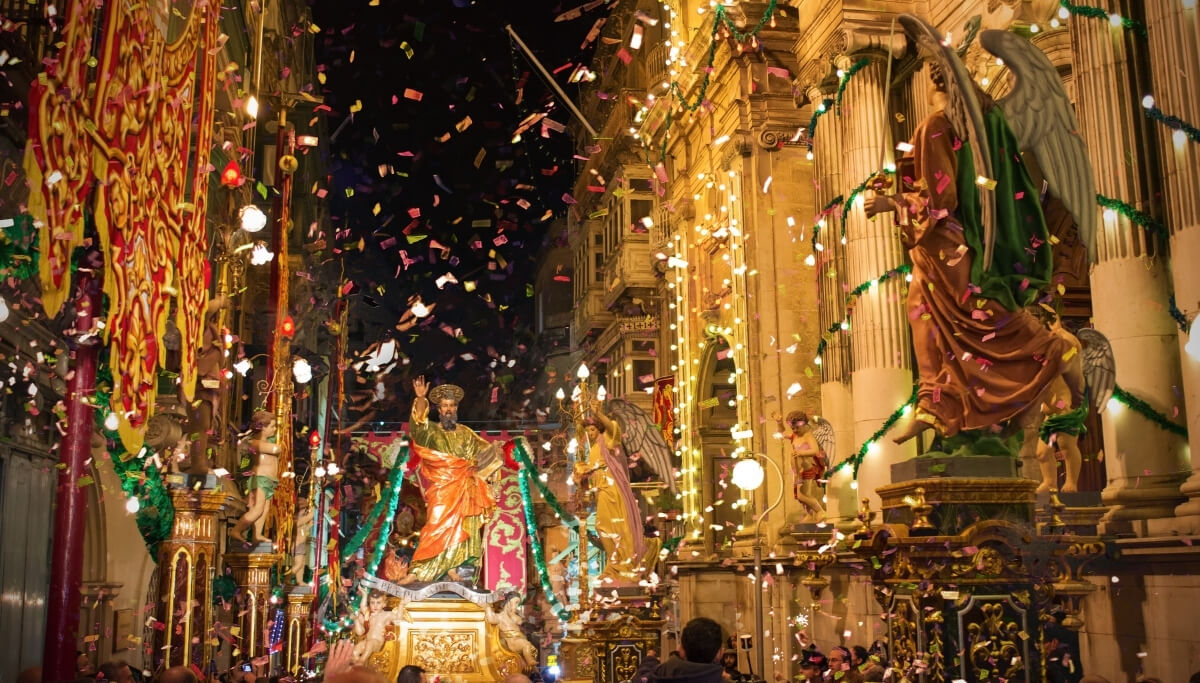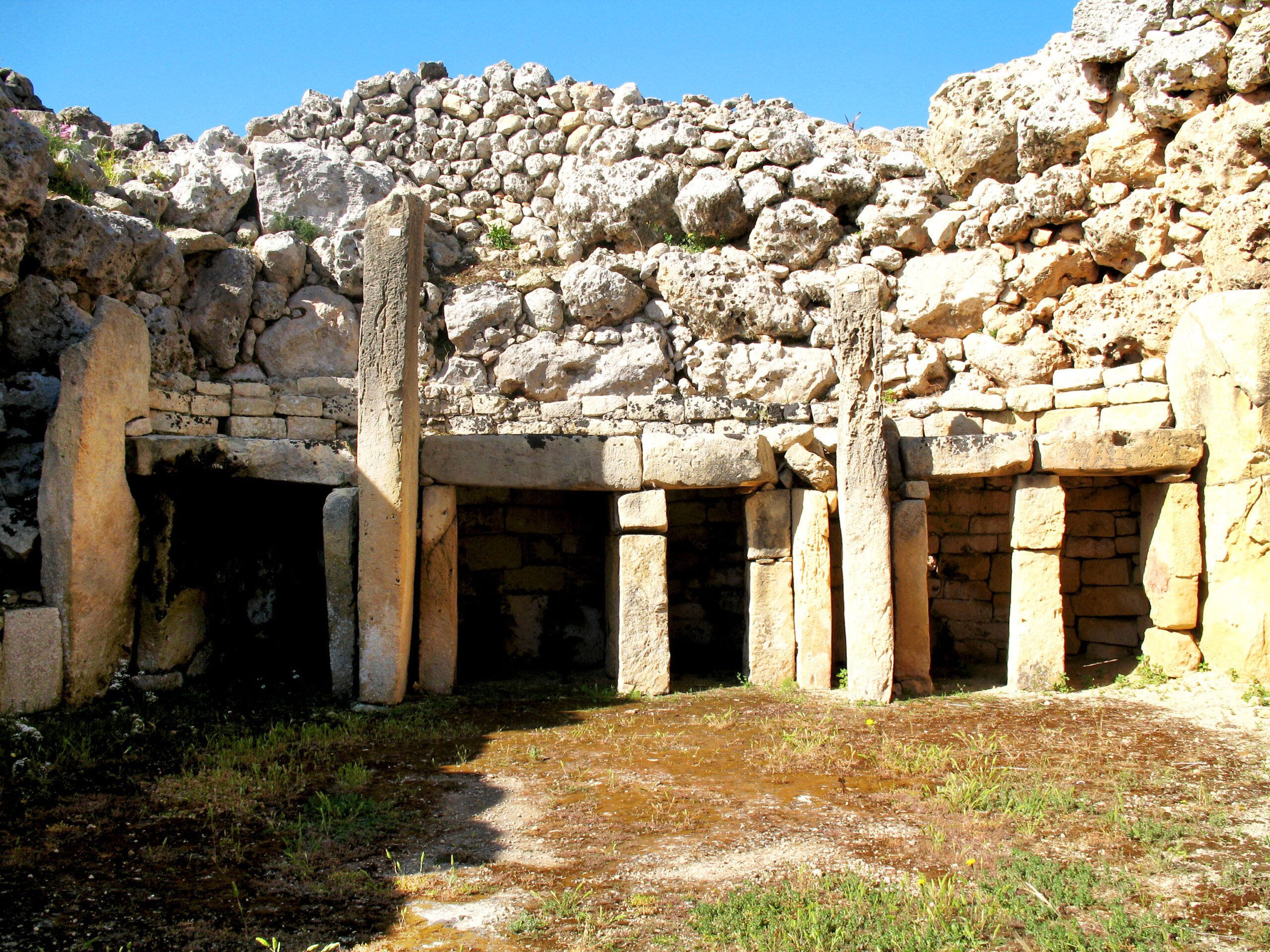 如果您点击这里,此页面将被翻译成中文。
如果您点击这里,此页面将被翻译成中文。
 如果您点击这里,此页面将被翻译成中文。
如果您点击这里,此页面将被翻译成中文。
 如果您点击这里,此页面将被翻译成中文。
如果您点击这里,此页面将被翻译成中文。
 如果您点击这里,此页面将被翻译成中文。
如果您点击这里,此页面将被翻译成中文。
Unlocking Authentic Malta: Cultural Highlights for Renters
Malta is brimming with culture, heritage, folklore, and entertainment, making it a challenge to fully explore these facets of our Mediterranean paradise in just a few days.
However, if you’re renting property in Malta and seeking an authentic island experience, here are some cultural highlights of Malta and Gozo that we highly recommend.
The Village Feast and the Church
During the summer season in Malta or Gozo, you’ll likely encounter a village feast, locally known as a festa. Beyond the vibrant atmosphere and sense of community, attending a festa allows you to immerse yourself in the idiosyncrasies of island life.
Religion plays a significant role in our cultural landscape, and during a festa, the village church and square come alive to celebrate a specific commemoration or patron saint. While the religious fervor may have waned over time, the festa remains a cherished tradition, albeit with a modern touch—perhaps a few more Cisk cans in hand and a sprinkling of nostalgic sights and sounds.

The Ancient Temples and Catacombs
For years, archaeologists believed Egypt’s pyramids were the oldest man-made structures, but excavations and meticulous research have revealed that prehistoric temples predate the pyramids, marking some of the earliest settlements in human history.
Exploring Gozo’s Ggantija Temples or Malta’s Mnajdra Temples unveils the rich history crafted by Malta’s earliest inhabitants, who used these sites as residences, places of worship, and community hubs.
If you’re intrigued by Malta’s more recent past, venture to St. Agatha’s or St. Paul’s catacomb complexes in Rabat, near the ancient capital of Mdina. Here, you’ll embark on a historical odyssey exploring faith, resilience, and encountering some of the most exquisite cave paintings known to mankind.
The Museums and Art Galleries
Valletta emerges as a cultural epicenter boasting a plethora of museums, galleries, and artistic encounters. Begin your journey at St. John’s Co-Cathedral, a Baroque masterpiece adorned with opulence and crafted without compromise. The Knights Hospitaller of St. John bestowed upon the islands a cultural legacy that entices art aficionados, history enthusiasts, and anyone captivated by splendor.
After immersing yourself in the gilded allure of St. John’s and the mesmerizing works of Caravaggio, make your way to MUZA, a contemporary art museum showcasing Malta’s finest talents, including sculptor Antonio Sciortino, abstract painter Emvin Cremona, revered Caruana Dinglis, and local favorites such as Esprit Barthet and Willie Apap.
To conclude, indulge in contemporary creativity at St. James Cavalier, where today’s artists, sculptors, photographers, fashion designers, actors, and directors converge in a space that fosters inclusivity and inspiration, just opposite the Auberge de Castille.

The Heritage and Legends
Delving into Malta’s history takes you on a journey through time, tracing back to the island’s earliest records. Whether it’s the Biblical tale of St. Paul’s Shipwreck or the medieval conquests that shaped the land, Malta’s narrative is woven with the stories of numerous rulers, visitors, and cultural influences that have molded our folklore and local customs.
Among the most influential conquerors in Malta’s history were the Arabs, whose rule left a lasting imprint seen in Mdina’s distinctive architecture, our language, and culinary delights such as figolli, a Lenten treat. Equally significant were the Knights Hospitaller, who brought art, theater, and architectural marvels that continue to be celebrated and admired today.
However, the most impactful era perhaps was the British rule, initially called upon to protect Malta from French invaders but ultimately leaving a lasting legacy. Their governance brought about significant advancements in law, education, infrastructure, and the adoption of the English language, contributing to Malta’s allure as a hub for tourism and commerce.

The Traditional Cuisine and Beverages
No culture is complete without its culinary traditions, which serve as a reflection of both its history and geographical bounty. Malta’s cuisine is a tapestry of flavors, rich and diverse thanks to the abundance of local produce.
From the world-renowned tomatoes and olive oil to fresh fish plucked from our shores, Maltese cuisine celebrates the simplicity and quality of our ingredients. Influences from past rulers are evident in dishes like Stuffat tal-Fenek (rabbit stew), introduced during Arab rule, and Torta tal-Lampuki (mahi-mahi pie), inspired by British pie-making techniques.
While the list of iconic dishes is extensive, none are more beloved than pastizzi – flaky pastry filled with either peas or cheese, bursting with flavor and available for just a few cents each. And to complement these delights, nothing beats a cup of brewed tea with evaporated milk or a refreshing glass of Kinnie, Malta’s favorite soft drink.









